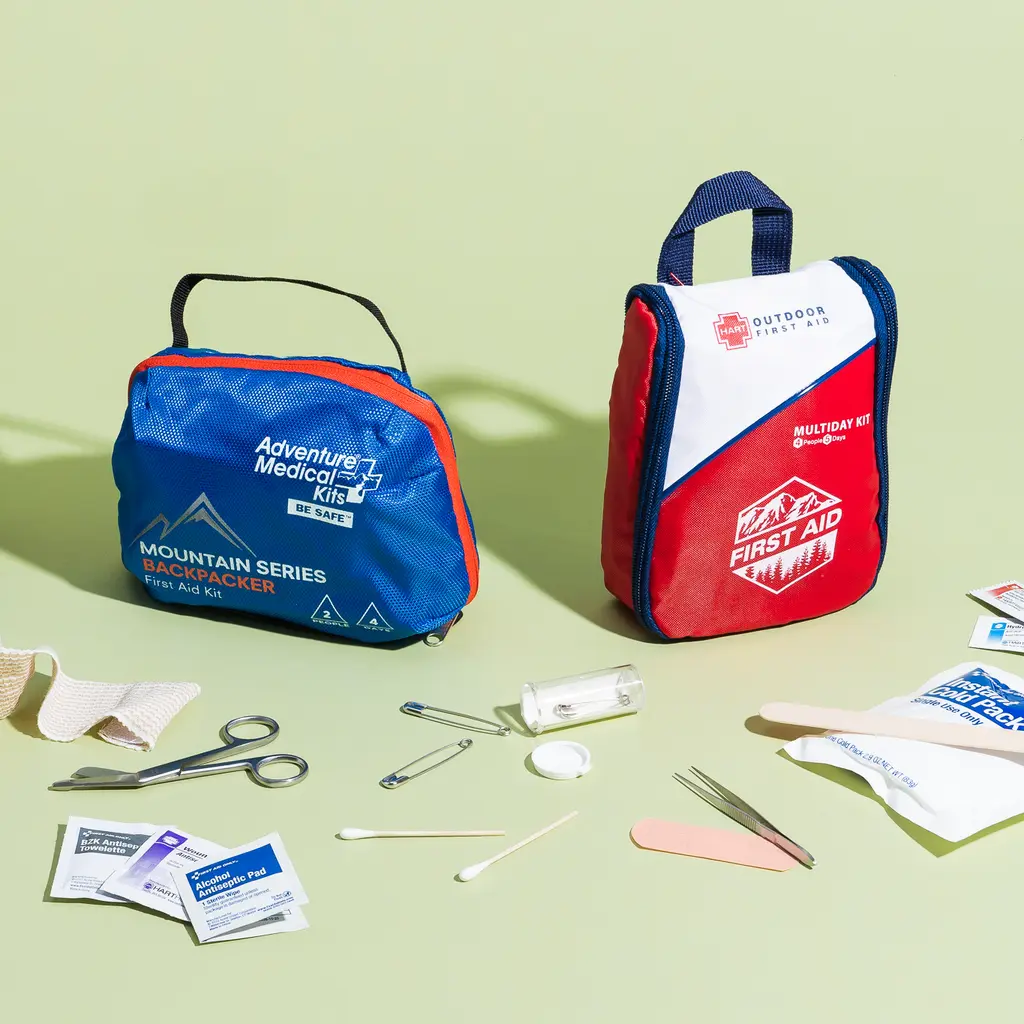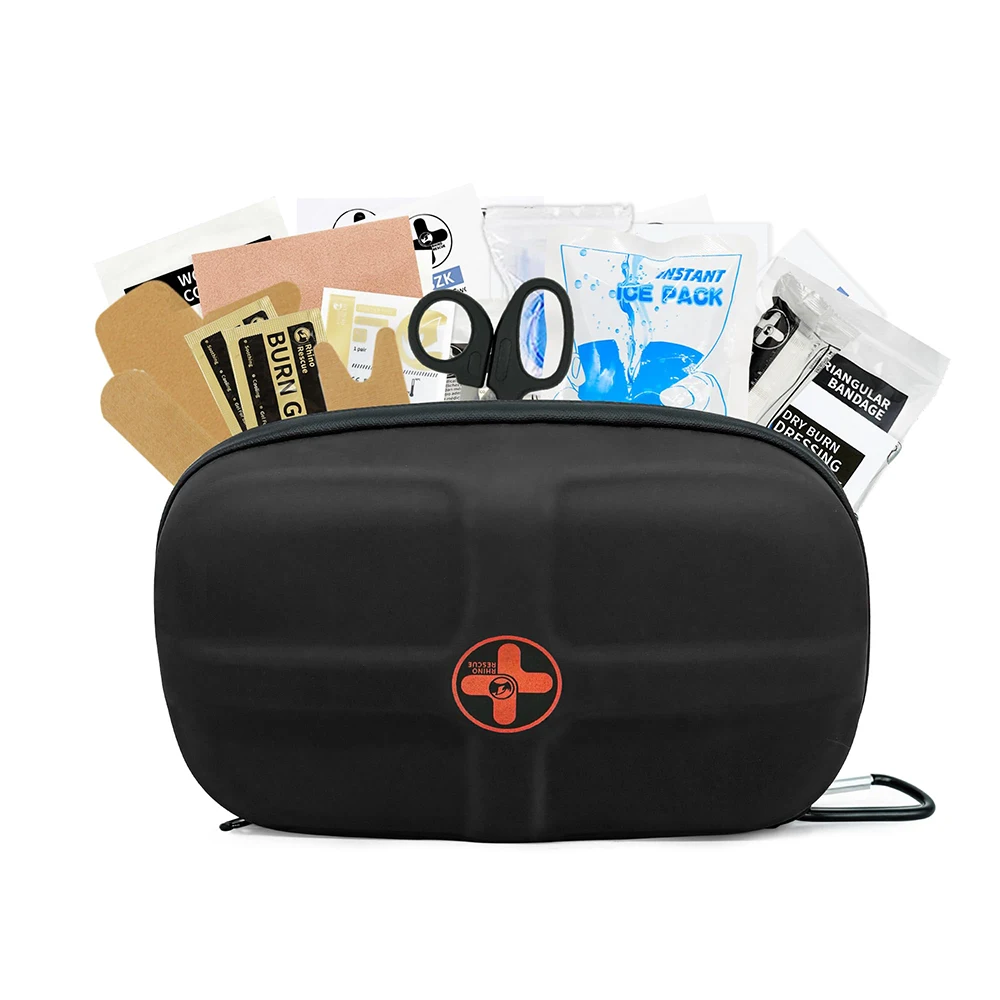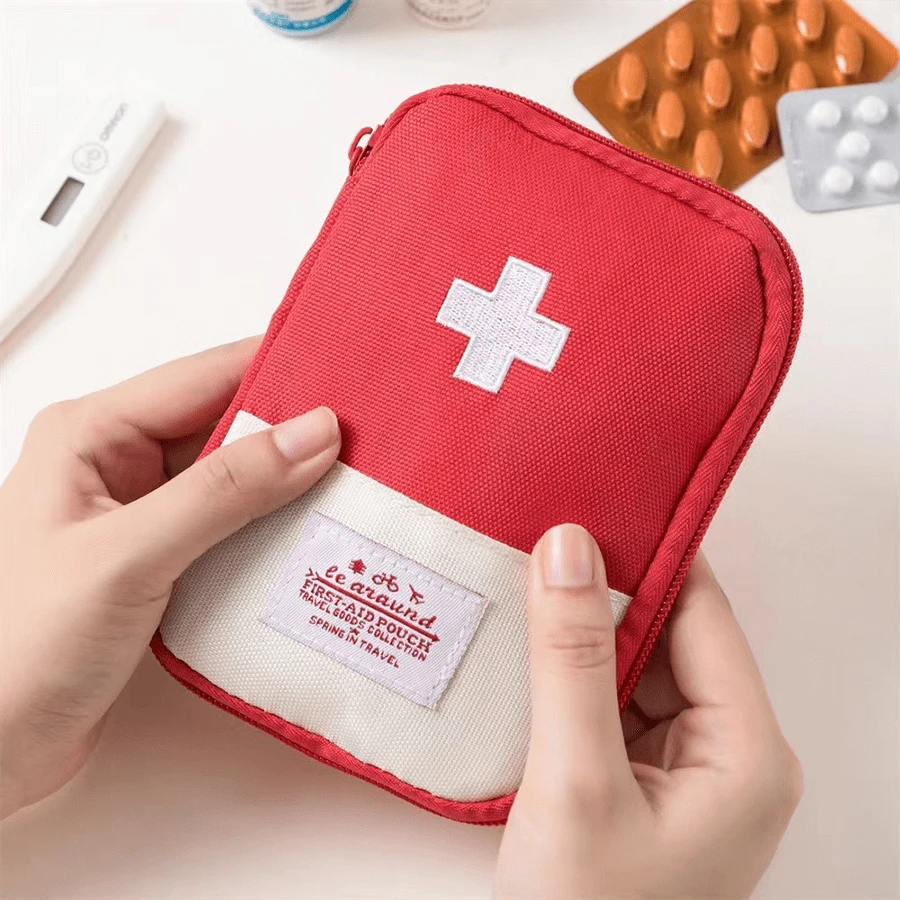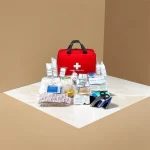I. Introduction

A. Importance of Having a First Aid Kit in College
Having a first aid kit in college is essential for ensuring the health and safety of students, faculty, and staff. It serves as a crucial resource for addressing minor injuries, providing initial care in emergency situations, and promoting a prepared campus environment. The presence of a well-equipped first aid kit can make a significant difference in managing medical incidents on college campuses.
B. Overview of the Blog Content
This blog aims to provide comprehensive guidance on the significance of college first aid kits and their components. It will delve into the basics of first aid kits, legal and safety considerations pertinent to college settings, essential items, tips for maintenance, and the importance of first aid training for college students. By understanding and implementing the content of this blog, colleges and universities can contribute to a safer and more prepared campus community.
II. Understanding the Basics of First Aid Kits
A. What is a First Aid Kit?
A first aid kit is a collection of supplies and equipment used to provide medical assistance and initial treatment in the event of an injury or illness. Basic first aid kits typically contain items such as bandages, antiseptics, medications, and tools for wound care. In a college setting, a first aid kit should be tailored to address the specific needs and potential risks faced by the student population, taking into account the campus environment and activities.
B. Legal and Safety Considerations for College First Aid Kits
College first aid kits must comply with legal regulations and safety standards. It is essential to consider local, state, and federal laws governing the contents of first aid kits, as well as any specific regulations set forth by the college or university. Furthermore, safety considerations involve proper storage, accessibility, and maintenance of first aid kits to ensure their effectiveness in emergencies. Adhering to these considerations promotes a safe and compliant campus environment.
III. Essential Items for a College First Aid Kit
A. Basic Wound Care Supplies
One of the most important components of a first aid kit is the basic wound care supplies. This includes items such as adhesive bandages in various sizes, gauze pads, adhesive tape, and antiseptic wipes. These supplies will come in handy for treating minor cuts, scratches, and burns that may occur during your time at college.
B. Over-the-Counter Medications and Treatments
It’s also important to include over-the-counter medications and treatments in your first aid kit. This can include items such as pain relievers like ibuprofen or acetaminophen, antacids for indigestion, and antihistamines for allergy relief. These medications can help provide relief for common ailments that may arise while away at college.
C. Tools and Instruments
In addition to medications and wound care supplies, it’s important to include tools and instruments in your first aid kit. This can include items such as tweezers for removing splinters, scissors for cutting bandages, and disposable gloves for protecting yourself while providing first aid to others.
D. Allergy and Personal Medications
If you have any specific allergies or personal medical conditions, it’s important to include any necessary medications or treatments in your first aid kit. This can include items such as an EpiPen for severe allergic reactions, inhalers for asthma, or medications for chronic conditions such as diabetes.
E. Emergency Contact Information
It’s essential to include emergency contact information in your first aid kit. This can include contact information for your primary care physician, parents or guardians, and any emergency contacts on campus. Having this information readily available can be critical in a medical emergency.
F. Additional Supplies for Specialized Needs
Lastly, it’s important to consider any specialized needs that you or your fellow students may have when assembling a first aid kit. This can include items such as feminine hygiene products, sunscreen for outdoor activities, or specialized medical supplies for chronic conditions.
IV. Assembling and Maintaining Your College First Aid Kit

A. Selecting the Right Container
The first step in assembling a college first aid kit is selecting the right container to hold all of the essential supplies. A sturdy, waterproof container is ideal for protecting the contents from damage and moisture. It should also be compact enough to be easily stored in a dorm room or backpack, but large enough to accommodate all necessary supplies. Consider a container with compartments or pockets to help keep the contents organized and easily accessible.
B. Tips for Organizing and Assembling Contents
When organizing and assembling the contents of your first aid kit, it’s important to consider the specific needs of college life. In addition to the basic wound care supplies, over-the-counter medications, and tools and instruments, consider including items that may be needed for common college-related injuries, such as athletic tape for sports injuries or blister cushions for long walks across campus.
It’s also important to tailor the contents of the first aid kit to your own personal needs. If you have any specific allergies or medical conditions, be sure to include any necessary medications or treatments. Additionally, consider any specialized needs of roommates or friends who may also rely on the first aid kit.
C. Regularly Checking and Updating Supplies
Once your first aid kit is assembled, it’s crucial to regularly check and update the contents. Medications and ointments have expiration dates and should be replaced as needed. Additionally, check the kit regularly to ensure that no items are missing or damaged. Set a schedule, such as at the beginning of each semester, to go through the first aid kit and restock any necessary supplies.
V. First Aid Training and Resources for College Students
A. Importance of First Aid Training
First aid training is a valuable skill for college students to have. When an emergency occurs, it’s essential to have the knowledge and confidence to provide immediate care until professional help arrives. Many colleges and universities offer first aid certification courses or workshops through their health services or student organizations. These courses can provide hands-on training in CPR, basic wound care, and how to use an automatic external defibrillator (AED).
In addition to formal training, there are also many online resources and smartphone apps that provide guidance on basic first aid techniques. Familiarizing yourself with these resources can help you feel more prepared to handle medical emergencies on campus.
B. Accessing First Aid Resources on Campus
In addition to seeking out formal first aid training, college students should be aware of the first aid resources available on campus. Many colleges have health centers or student wellness centers that offer first aid supplies, as well as professional medical staff who can provide care and guidance in a medical emergency.
It’s also a good idea to familiarize yourself with the location of AEDs on campus and know how to use them. Many colleges have AEDs in public areas such as gymnasiums, cafeterias, and academic buildings. Knowing where these devices are located and how to use them can be critical in a cardiac emergency.
In conclusion, assembling and maintaining a college first aid kit is an important step in being prepared for any medical situation that may arise while on campus. By selecting the right container, organizing and assembling the contents, and regularly checking and updating supplies, college students can ensure that they are prepared for any emergency. Additionally, seeking first aid training and familiarizing yourself with first aid resources on campus can provide valuable knowledge and support in a medical emergency. Stay informed, stay prepared, and stay safe throughout your college experience.



